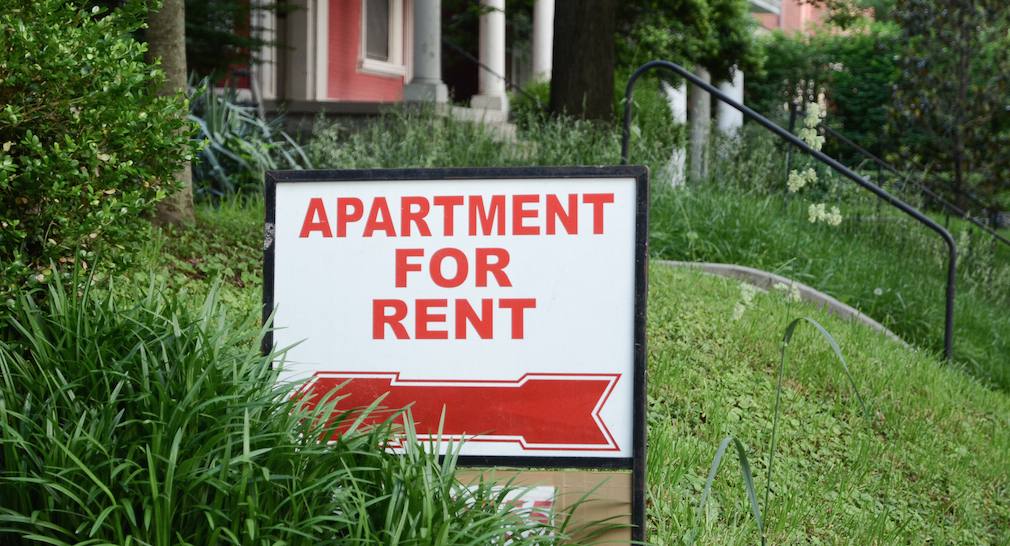Rents are still on their way up nationwide. The industry just posted the seventh consecutive month with an all-time high average rent.
According to a report from Yardi, average rent in the U.S. rose $2 in august to $1,412 per month, which represents an increase of 3.1% year-over-year and a 10 basis point increase over July.
The story is much the same as it has been for most of the last couple of years: big time demand is keeping occupancy at about 95% for apartment communities across the nation, despite a larger than normal pipeline (300,000 projected units for the third year straight).
Of the 30 metros it tracks, Yardi found that Orlando is on top of the rent growth game, sporting a 6.7% YoY growth in rents for August. The report notes that other popular retirement metros like Las Vegas, Phoenix and Tampa were also in August’s winners’ circle, more evidence of the trend of Boomers exiting the single-family market for the multifamily market.
Luxury units around the nation are still feeling the squeeze as a lack of affordability in the single-family and multifamily spaces alike makes affordable multifamily units a rare and coveted commodity for renters-by-necessity.
Yardi’s report indicates that the affordable class outdid the luxury asset class with a 3.5% YoY growth in rent in August. Luxury rents increased 2.4% YoY nationwide.
If current market conditions hold, Yardi projects national rent growth for 2018 to end up at 2.93%.
This will be led by the top 10 markets with projected growths of more than 3.3%. Below you can find Yardi's list of the top 10 metros by projected rent growth (year end 2018):
1. Sacramento, 6.5%
2. Phoenix, 5.6%
3. Orlando, 5.1%
4. Seattle, 4.7%
5. Inland Empire, 4.5%
6. Los Angeles, 4.3%
7. Twin Cities, 4.0%
8. Tampa, 3.9%
9. Las Vegas, 3.6%
10. Chicago, 3.3%





